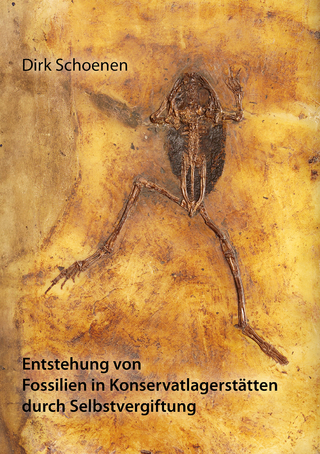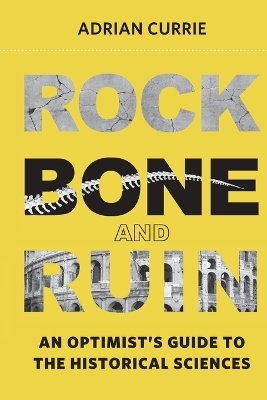
Hollow Core Photonic Crystals Fibers
Fundamental and Applications
Seiten
2026
Chapman & Hall/CRC (Verlag)
978-1-4200-7896-1 (ISBN)
Chapman & Hall/CRC (Verlag)
978-1-4200-7896-1 (ISBN)
- Noch nicht erschienen (ca. März 2026)
- Versandkostenfrei innerhalb Deutschlands
- Auch auf Rechnung
- Verfügbarkeit in der Filiale vor Ort prüfen
- Artikel merken
The field of photonic crystal fibers was pioneered in the late 1990s by Philip Russell, who developed this novel type of optical fiber with the ability to confine light in its core. With either a solid or hollow core, photonic crystal fibers have been revolutionizing optical communications ever since.
This book presents the fundamentals of various guidance mechanisms and state-of-the-art applications in hollow core photonic crystal fiber (HC-PCF) technology. It discusses the unique characteristics of HC-PCF, which significantly reduce the loss experienced in conventional fibers, and shows how they are ideally suited for a broad range of applications, from lasers to fiber-optic sensors and power delivery. The authors examine the challenges of HC-PCF becoming the next generation of high powered fiber lasers with improved performance and reliability over today’s optical fibers. They elucidate the principles that underlie its ability to confine gases and light together, discussing how this property is leading to a new paradigm in the study of gas-laser interactions. The book also reveals why HC-PCFs are such an excellent platform for exploring physics of photonic bandgaps.
This book presents the fundamentals of various guidance mechanisms and state-of-the-art applications in hollow core photonic crystal fiber (HC-PCF) technology. It discusses the unique characteristics of HC-PCF, which significantly reduce the loss experienced in conventional fibers, and shows how they are ideally suited for a broad range of applications, from lasers to fiber-optic sensors and power delivery. The authors examine the challenges of HC-PCF becoming the next generation of high powered fiber lasers with improved performance and reliability over today’s optical fibers. They elucidate the principles that underlie its ability to confine gases and light together, discussing how this property is leading to a new paradigm in the study of gas-laser interactions. The book also reveals why HC-PCFs are such an excellent platform for exploring physics of photonic bandgaps.
University of Bath, Bath, England, UK Technical University of Denmark, Lyngby, Denmark
Introduction. Guidance Mechanisms. Modeling Techniques for HC-PCF. Fiber and Fiber-Gas–Cell Fabrication. HC-PCF-Based Devices for Linear and Nonlinear Applications. HC-PCF-Based Devices for Quantum Optics and Metrology. HC-PCF-Based Sensor Devices. Future Prospects for PCF Applications.
| Erscheint lt. Verlag | 3.3.2026 |
|---|---|
| Zusatzinfo | 80 Illustrations, black and white |
| Sprache | englisch |
| Maße | 156 x 234 mm |
| Themenwelt | Naturwissenschaften ► Geowissenschaften ► Mineralogie / Paläontologie |
| ISBN-10 | 1-4200-7896-8 / 1420078968 |
| ISBN-13 | 978-1-4200-7896-1 / 9781420078961 |
| Zustand | Neuware |
| Haben Sie eine Frage zum Produkt? |
Mehr entdecken
aus dem Bereich
aus dem Bereich
Buch | Softcover (2024)
Shaker (Verlag)
19,80 €
An Optimist's Guide to the Historical Sciences
Buch | Softcover (2024)
MIT Press (Verlag)
34,55 €


